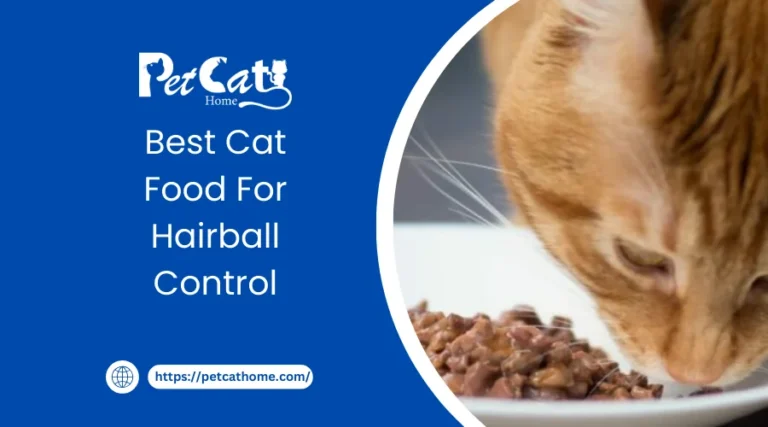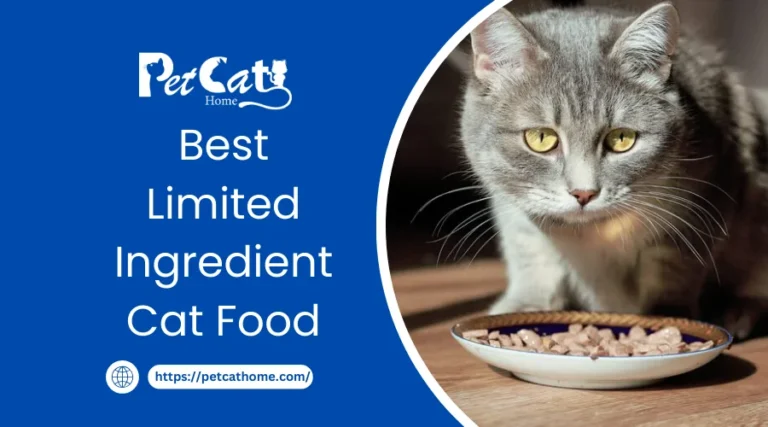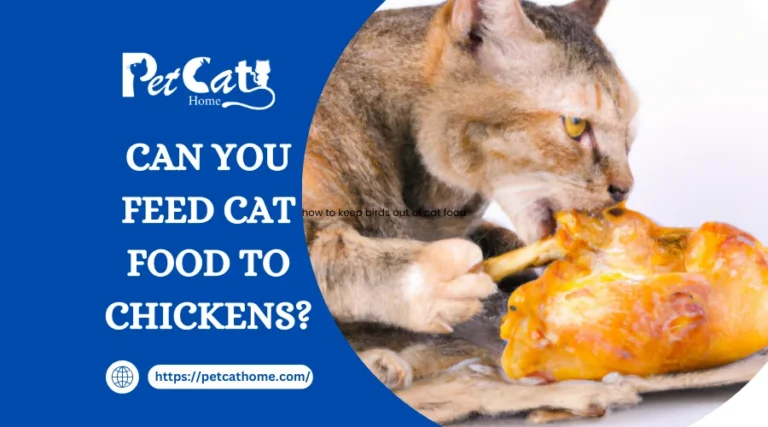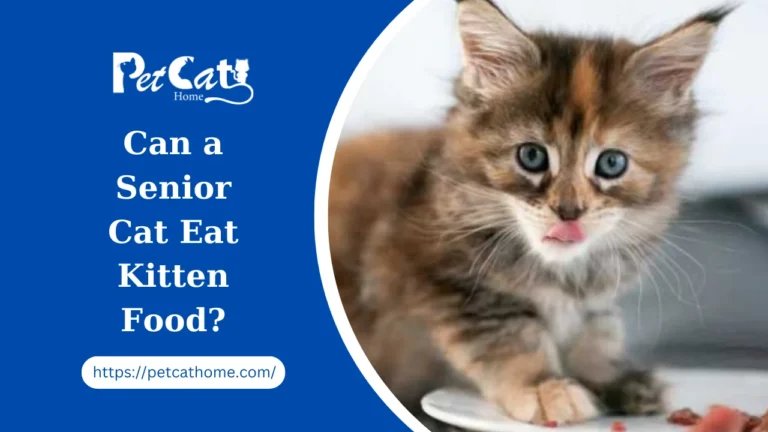Cat Food Hairball Control
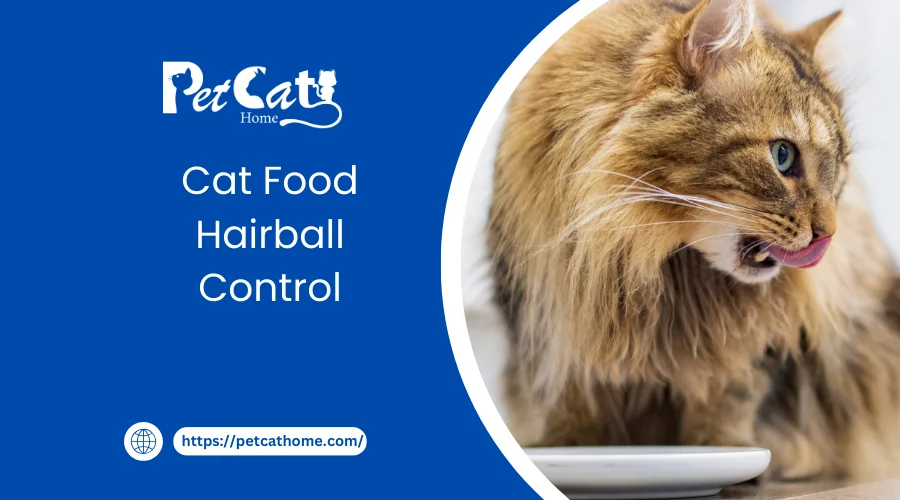
Hairballs are one of the most frequent problems cat parents deal with when their cats are owned. These ugly, cylindrical hairballs can cause agony to cats and their owners in equal measure. But worry not—we’ll explore the nuances of cat food and reveal the keys to successful hairball management.
Before exploring remedies, it is critical to comprehend the underlying reason for hairballs. Because they are such good groomers, cats will often swallow loose fur when brushing. Fur is difficult to digest, even though the digestive system is effective at breaking down food. As a result, the fur that is consumed builds up in the stomach and creates hairballs, which cause pain and infrequent vomiting in cats.
The Role of Diet in Hairball Management
The management of feline hairballs is greatly influenced by diet. Choosing cat food that has been specially prepared to deal with hairball control can help greatly reduce this problem. Certain additives are frequently added to premium cat food brands to improve digestive health and lower the development of hairballs.

Key Ingredients for Hairball Control
- Fiber:high-fiber By encouraging regular bowel movements, high-fiber foods like psyllium and beetroot pulp support digestive health. This makes it easier for hairballs to travel through the digestive system and avoid obstructions.
- Omega-3 Fatty Acids: Derived from fish oil and other sources, omega-3 fatty acids promote the health of the skin and coat by decreasing excessive shedding and the amount of fur that is ingested.
- Digestive Enzymes: Among other digestive enzymes, protease and lipase help break down protein and fat, promoting efficient digestion and nutritional absorption.
Selecting the Right Cat Food for Hairball Control
To guarantee optimum digestive health and hairball prevention, it’s crucial to take several elements into account while choosing cat food for hairball management.
Look for Specialized Formulas
Choose cat food that has been specially labeled to reduce hairballs. These mixtures are designed to support digestive health and are frequently enhanced with substances that prevent hairballs.
Consider Your Cat’s Preferences
As important as nutritional content is, you also need to take your cat’s preferences into account. Try a variety of flavors and textures to find a hairball management recipe your cat will love.
Consult with Your Veterinarian
Seeking advice from a veterinarian is advised for cat food that has ongoing hairball problems or underlying digestive difficulties. They can offer advice that is specifically suited to your cat’s requirements and current state of health.
Implementing Additional Hairball Control Measures
Hairball management might also benefit from several lifestyle adjustments and grooming routines in addition to dietary changes.
Regular Brushing
Regular brushing sessions minimize the amount of fur that gets ingested during grooming by helping to remove loose fur from your cat’s coat.
Providing Adequate Hydration
Keeping your cat hydrated and maintaining a healthy digestive system at all times might help prevent hairballs.
Incorporating Playtime
Playing with your cat regularly can help your digestive system since it stimulates the mind and reduces stress in addition to offering physical activity.
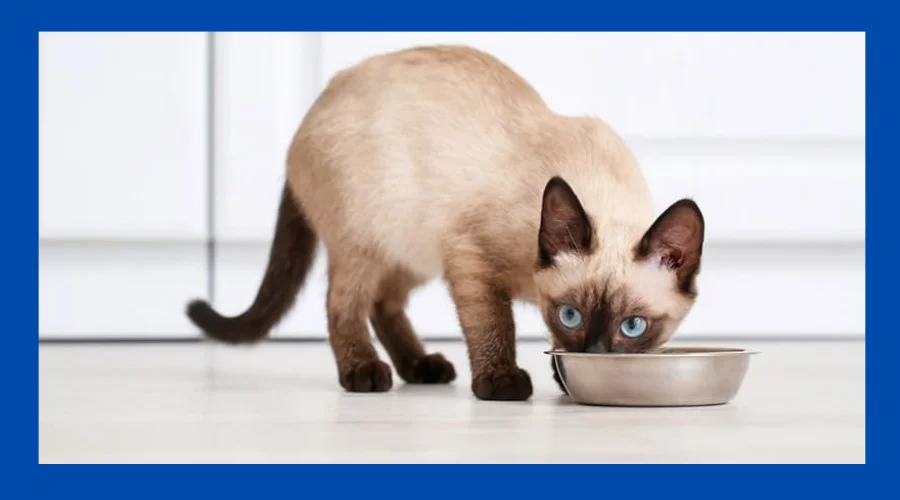
Exploring Cat Food Varieties for Hairball Control
It’s important to focus on ingredient lists and nutritional profiles when looking through cat food selections. Select premium cat food brands that emphasize preventing hairballs and promoting digestive health. Here are a few more things to think about:
Wet vs. Dry Food
Dry and wet cat food can both help reduce hairballs. Higher moisture content in wet meals often helps with digestion and hydration. Still, some cats could just like the texture of dry food. The decision between wet and dry food ultimately comes down to your cat’s nutritional requirements and tastes.
Limited Ingredient Diets
Limited-ingredient diets might be helpful for cats who have sensitive stomachs or food allergies. Due to their reduced ingredient counts, these formulae lessen the possibility of food triggers that encourage the development of hairballs.
Grain-Free Options
Cats do not necessarily suffer from grains, although some may benefit from grain-free cat food options. These recipes frequently emphasized complex carbs and protein-rich components to support healthy digestion and nutrient absorption.
Grooming Techniques for Hairball Prevention
Hairball control requires proactive grooming techniques in addition to nutritional concerns. Frequent brushing sessions reduce the quantity of fur consumed during grooming by helping to remove loose fur from your cat’s coat. The following are some efficient grooming methods:
Brushing Techniques
Invest in a high-quality cat brush made to help get rid of tangles and loose fur. Use long, gentle strokes to brush your cat to help remove extra fur and untangle fur. Pay special attention to trouble spots like the back and hindquarters, where fur likes to gather.
Frequency of Grooming
Based on the type of coat and shedding habits of your cat, establish a regular grooming schedule. While short-haired breeds may just need weekly grooming appointments, long-haired cats may need daily brushing. Maintaining the best possible health for your coat and avoiding hairballs requires consistency.
Professional Grooming Services
Cats that shed a lot or have thick coats may benefit from professional grooming services. Professional groomers can fully groom your cat, lowering the chance of hairball production and skin problems, because they have the knowledge and equipment to do so.
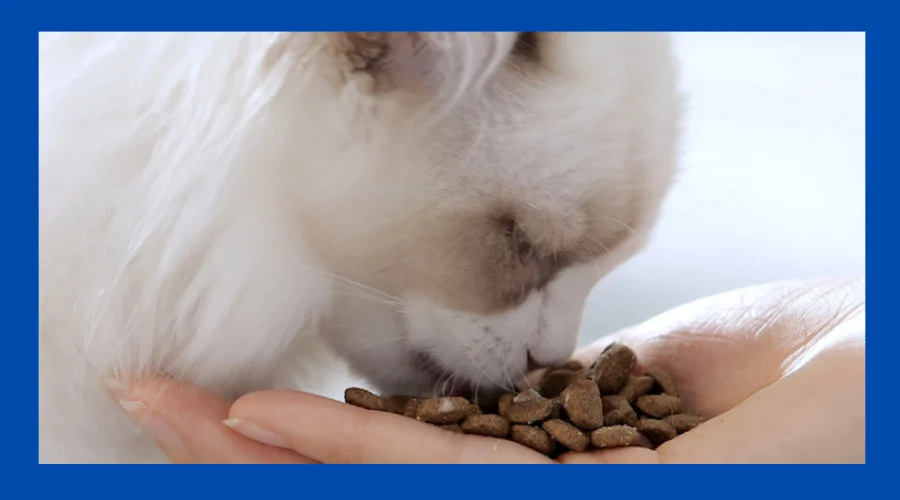
Environmental Enrichment for Hairball Prevention
In addition to food and grooming, your cat’s living environment can have a big impact in preventing hairballs. The following techniques can be used to create a stimulating atmosphere that encourages good habits and reduces stress, both of which can lead to the creation of hairballs:
Providing Vertical Space
Cats love to sit in high places because they are natural climbers. Purchasing cat trees, shelves, or perches enables your feline companion to investigate up top, so mitigating stress and boredom.
Interactive Toys
Feather wands, puzzle feeders, and catnip toys are examples of interactive toys that stimulate the mind and promote movement. Playing with your cat improves mental and physical health in addition to strengthening your relationship.
Quiet Retreats
Provide your cat with peaceful havens or hiding places where they may unwind and get away from distractions. Giving your cat comfortable beds or covered hiding places enables them to withdraw when they’re feeling stressed or overwhelmed.
Consideration of Hairball Control Supplements
For cats who are prone to hairballs, supplements could be helpful in some situations. Natural components are frequently included in these supplements to promote digestive health and prevent the creation of hairballs. These are a few popular supplements:
Fiber Supplements
Hairballs can pass through the digestive tract more easily with the assistance of fiber supplements like psyllium or pumpkin.
Digestive Enzymes
Supplements containing digestive enzymes help break down food and enhance nutrient absorption, which helps promote efficient digestion and prevent the development of hairballs.
Omega-3 Fatty Acids
Supplements containing omega-3 fatty acids, such as those made from fish oil, can improve the condition of the skin and coat by minimizing fur intake and minimizing excessive shedding.
How Does Hairball Control Cat Food Work?
Does your feline frequently spit up hairballs? This stomach-turning issue not only causes clutter in your house but also increases the possibility of a dangerous gastrointestinal blockage for your cat.
Thankfully, hairball management cat food can lessen or even stop the formation of hairballs, resulting in a happier and healthier cat. Find out how to select the best formula for your cat and how hairball control cat food works.

Why Does My Cat Cough Up Hairballs?
To some extent, having occasional hairballs is just a regular part of being a cat. The backward-facing spines on your cat’s tongue draw loose fur into their mouth and throat as they groom themselves.
Long coats are typically seen in cats who are prone to hairballs. Alternatively, they might overgroom or shed more than usual as a result of nervousness, skin irritation, or itching.
Small amounts of lost fur often mix with food particles and pass through your cat’s digestive system without any problems. However, occasionally, fur strands become lodged along the intestinal walls and eventually grow into a hairball.
What’s In Hairball Control Cat Food?
Fibre is a vital ingredient in cat food designed to reduce hairballs. Both soluble and insoluble fiber are abundant in most specialist hairball recipes.
Since insoluble fiber is not soluble in water, it does not break down while traveling through your cat’s digestive system. It attaches itself along the way to loose fur that is stuck in the intestines. Additionally, it gives the feces more volume, which encourages muscle spasms that hasten digestion. In this manner, loose fur travels through the digestive tract and into the litter box.
Fish and fish oils contain omega-3 fatty acids, which promote the health of the skin and coat by lowering shedding, which prevents hairball formation.
Live active probiotics improve the overall digestive health of your cat by balancing its gut flora with healthy bacteria that aid in food digestion.
Foods high in moisture content, such as canned hairball control, can improve digestion and lessen hairball formation. Feed the canned variety if at all feasible, or add a high-moisture topper or canned food to hairball control kibble. To ensure that the additional fiber can effectively clear the digestive tract, it is important to keep your cat well-hydrated.
Should I Give My Cat A Hairball Control Supplement?
Hairball control supplement chews, which contain fiber to assist bind to hairballs and move hair through the digestive tract, function similarly to hairball control cat diets.
Your cat may receive too much dietary fiber if you give them food and a supplement to control hairballs at the same time. Consuming too much fiber can hinder the absorption of nutrients, slow down digestion, and increase gas, bloating, and constipation.
FAQs
What makes cats get hairballs?
The main cause of hairballs in cats is fur that gets eaten while brushing. Because their tongues are harsh, cats use them to groom themselves, and when they lick their fur, they swallow stray hair. Over time, this hair may gather in the stomach and produce hairballs.
Are cats harmed by hairballs?
Cats naturally produce hairballs from time to time as part of their grooming routine, but frequent or big hairballs may be dangerous to their health. If hairballs are unable to travel through the digestive tract, they may result in discomfort, vomiting, or intestinal obstructions.
What symptoms indicate a hairball in my cat?
Your cat may be experiencing symptoms of a hairball if it is coughing, gagging, retching, or vomiting. Sometimes you could also experience a decrease in appetite or fatigue. You should keep an eye on your cat’s symptoms and seek veterinary advice if you think they may have a hairball.
Can hairballs be avoided with diet?
Yes, you can lessen the frequency and severity of hairballs by feeding your cat food that has been specially prepared to control them. Specialized components are frequently used in these recipes to improve digestive health and lower the production of hairballs.
How frequently should I brush my cat if I want to avoid hairballs?
The type of coat and shedding habits of your cat determine how often they need to be groomed. While short-haired breeds may just need weekly grooming appointments, long-haired cats may need daily brushing. Frequent brushing lowers the chance of hairball production and assists in removing loose fur.
Conclusion:
A comprehensive strategy including dietary changes, lifestyle alterations, and proactive grooming methods is needed to effectively control hairballs. You can help your cat live a healthy, hairball-free life by feeding them high-quality cat food that is specially prepared to avoid hairballs, grooming them regularly, and giving them enough water to drink.
